Implementing Access Management in Community Hospital
Executive Summary
The client is a community hospital and it's focus is to serve the community as a provider of health and wellness services as well as serving underprivileged communities through its non-profit health system. Due to the size and complexity of their institution, and the onset of COVID-19 causing nearly all courses to move to online learning, they needed to be able to ensure student accounts were secure and be able to manage access and identity. One of the most important of these services is Database services. This organization needed to efficiently and securely support rapid and ongoing user growth. If this data isn't managed properly, there is enormous potential for loss of user satisfaction and content availability. With Amazon EKS and EC2, our client gained a modern and robust set of tools that allow them to easily and reliably scale as needed. Additionally, using a combination of DynamoDB, RDS, and Cloundfront, increasing user growth and content streaming was easy and efficient.
The Business Need
This client's organizational access was not monitored and audit reports were not created. They also required automated provisioning to many target systems including integration of identities with credentialing systems. Additionally, compliance to regulations including HIPAA was required.
The Solution
FizLabs took a strategic look at the problems through a series of discussions with various teams at the client’s end. After an elaborate discussion, we suggested the implementation of Oracle Identity Manager WebLogic to manage IAM functions. Implementation of Identity Management included – user management, password management, account management, Identity Certification and Identity Based reporting.

The Result
By implementing FizLabs's solutions, the client was extremely satisfied with the following results:
Enhanced business performance: Integration of enterprise resources, custom connection points to various applications, role-based automated provisioning and de-provisioning based on rules, attestation of resources, password synchronization, extensive customization; Operational Efficiency: Automated on-boarding, off-boarding, and transfer; Cost reduction by bringing down manual intervention: Reduced dependency on support team for password and access management; Compliance to ongoing regulations in healthcare space to ensure patient health records were safeguarded.
